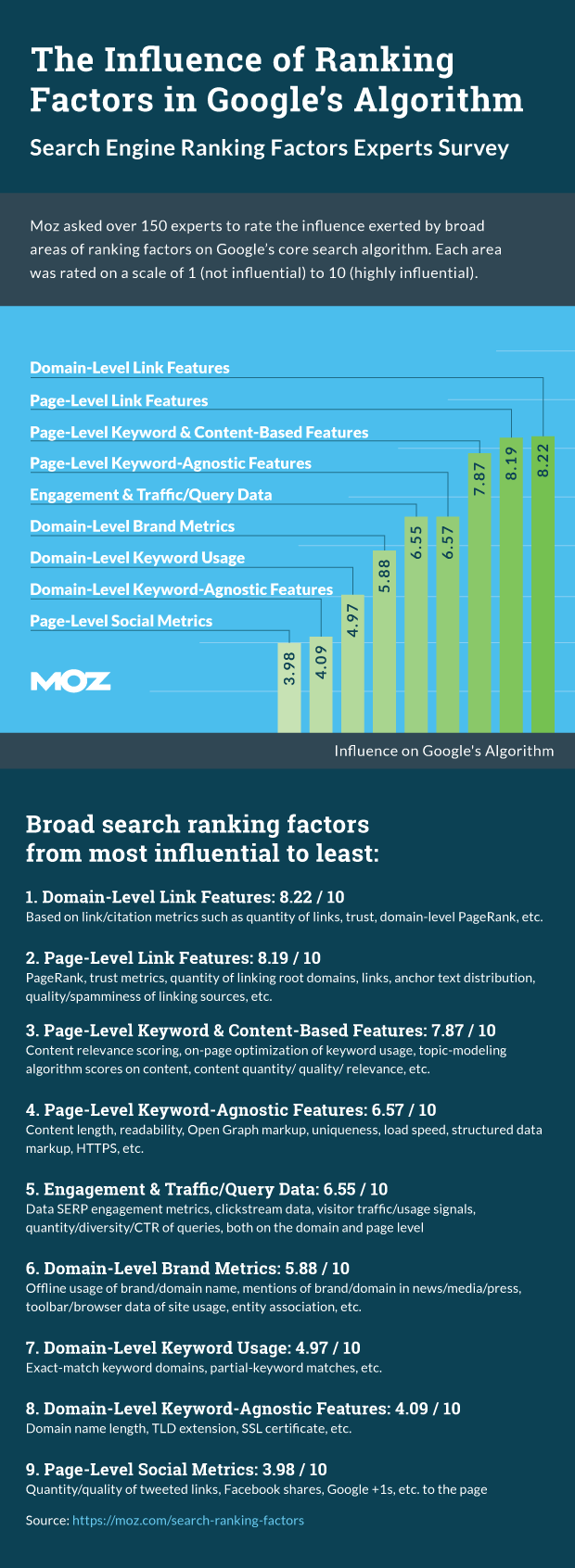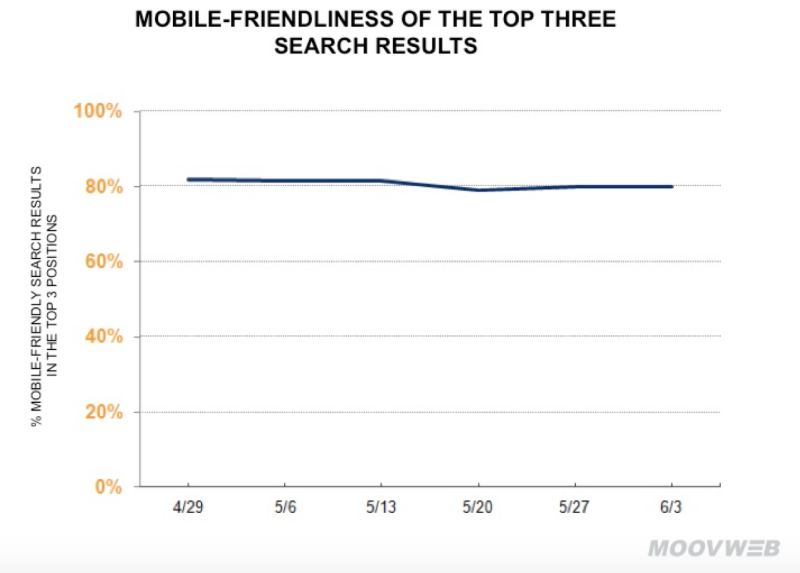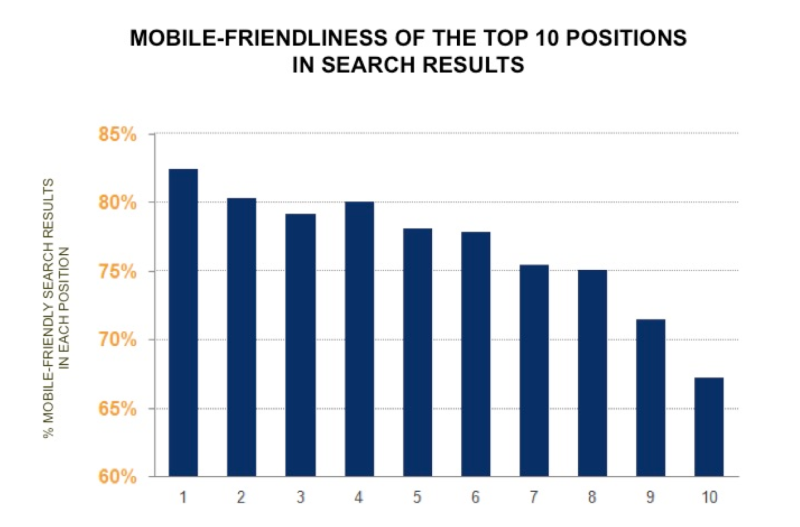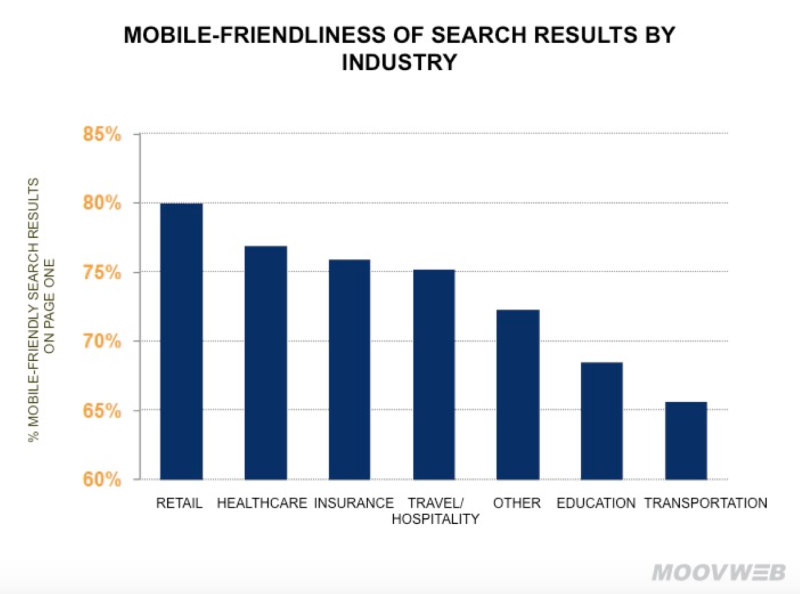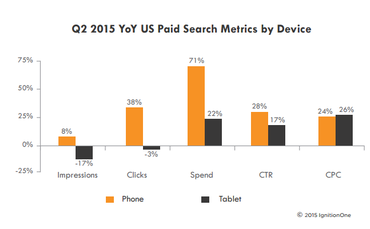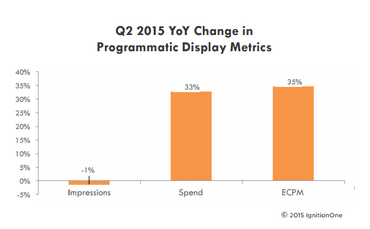
It has been clear for some time now that neglecting to have a mobile-friendly site can hurt your Google rankings, particularly in mobile search results. However, some have been wondering if the reverse is also true. Does having a desktop-friendly web site have a similar negative impact on your desktop rankings in Google?
Well, last Friday Google’s John Mueller clarified the situation in a Google Hangout, saying you do not need a “desktop-friendly” site in order to rank well on desktop. The only caveat is that your mobile site must still render properly on desktop.
John Mueller said that you need to “make sure that desktop users can still see some of your content, if it is formatted in a way that works best for mobile, that’s perfectly fine.”
“You definitely do not need a specific desktop website in addition to a mobile website,” Mueller added.
If your business depends on desktop traffic and conversions to properly reach your market, it is still highly important to provide a pleasing experience when users come to your site. For that reason, I’d hesitate to suggest going all-in on mobile leaning design utilizing extra-large buttons and minimal navigation.
The most reliable strategy is to use a design technique such as responsive design to provide a great experience for users no matter where they are coming from. If that isn’t an option, it may still be best to keep operating separate sites for mobile and desktop so you don’t wind up losing customers just because they are using a desktop computer or smartphone.
You can see the full video below, or jump to 12:50 in the video to get straight to Mueller’s answer.

